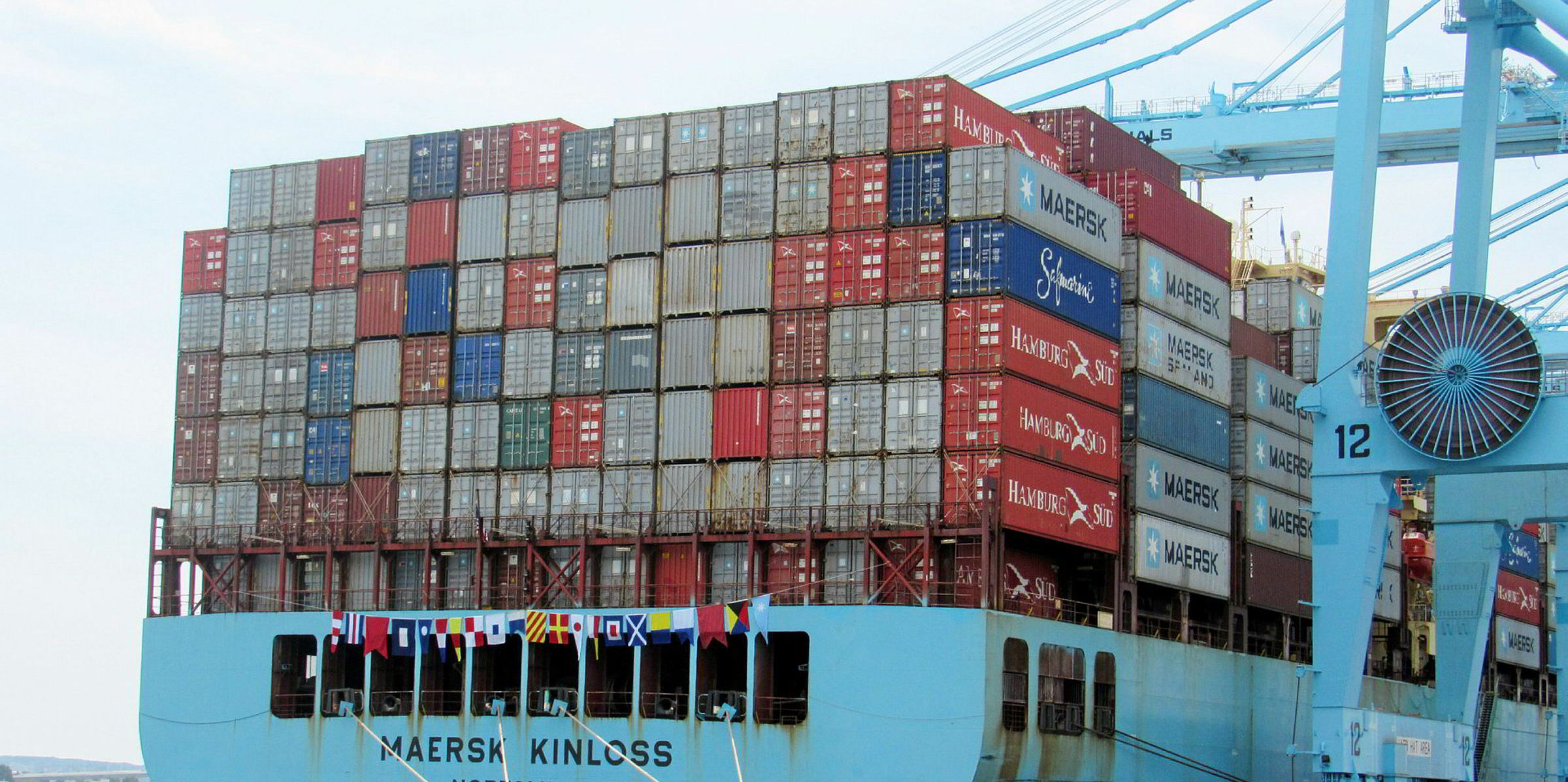Container freight rates have ended the year in positive territory.
Spot rates on the Asia-Europe trade spiked pre-Xmas on the back of rate increases and stronger-than-expected demand.
Freight rates on the benchmark Shanghai-to-Genoa trade have rocketed by more than 30%.
They rose by $558 to $2,372 per 40-foot container unit (feu) for the week ending 19 December, placing them 43% above than a year ago, according to the World Container Index (WCI).
Space is reported to be tight on all major east-west routes.
That has enabling lines operating between Asia-Europe to successfully implement a General Rate Increase (GRI) on 15 December.
It has fuelled expectations of further rises in spot rates through to Chinese New Year with another GRI scheduled for 1 January.
Reverse needed
Long-term contracted ocean rates that make up a sizeable portion of lines cargo commitments are also beginning to reverse their slide.
Global rates climbed by 0.9% in November and December, pushing long term freight rates up 4% year-on-year, according to Oslo-based Xeneta. The improvement reverses more than a year of steady declines.
“It’s clearly been another good month for the liner industry,” said Xeneta chief executive Patrik Berglund
“But after the prolonged period of long-term contracted freight rates decline it was certainly needed.”
Lack of transparency
The chief concern going forward is market confusion concerning IMO 2020 sulphur surcharges, said Berglund.
That is due to a lack of transparency on surcharging for the low-sulphur fuel that lines will need to use from 1 January.
A surprisingly large spread between surcharges – even between alliance partners – is causing scepticism about the true nature of the charges being imposed.
For example, Japanese operator Ocean Network Express (ONE) is charging just $92 per teu, while fellow alliance member Hapag-Lloyd is proposing $135 per teu.
The 2M partners are also charging different rates.
Mediterranean Shipping Co (MSC) is charging only $71 per teu, while Maersk is looking to impose an additional $116 teu.
“We feel there’s going to be a lot of difficult questions coming for carriers, particularly from well informed shippers tracking the fuel markets," Berglund said.






